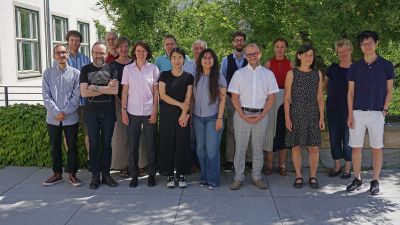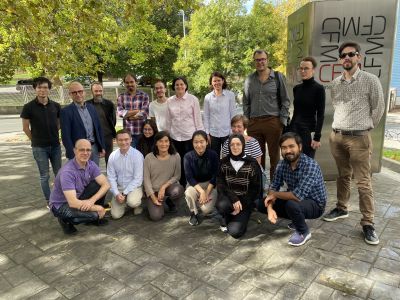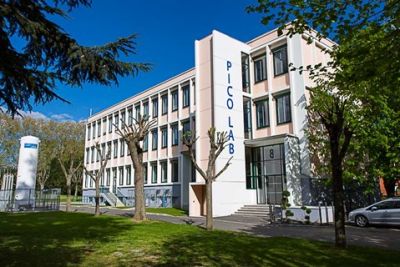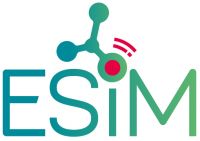
ESiM Project News
ESiM at the Dresden Long Night of Science
Published on in ESIM NEWS
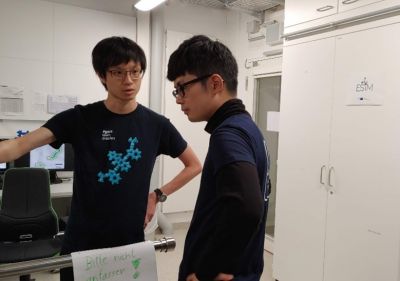
ESiM Workshop "Crossroad of Maxwell Demon" successfully implemented
Published on in ESIM NEWS

First ESiM publication: A Nanocar and Rotor in one molecule
Published on in ESIM NEWS
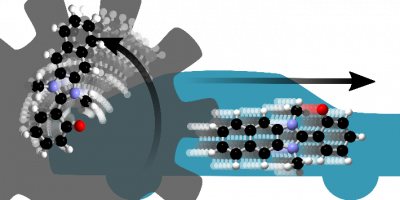
Read more … First ESiM publication: A Nanocar and Rotor in one molecule
Kick-off Meeting for ESiM Project
Published on in ESIM NEWS
